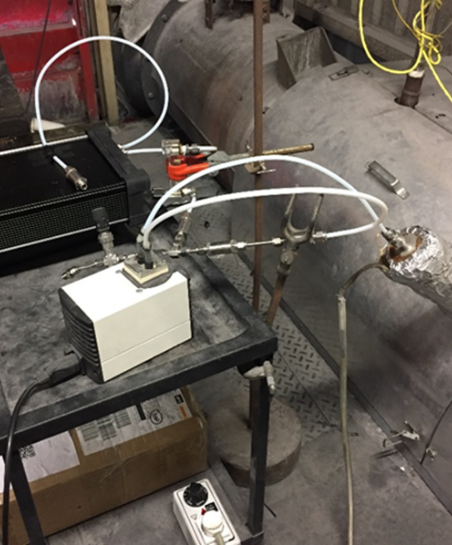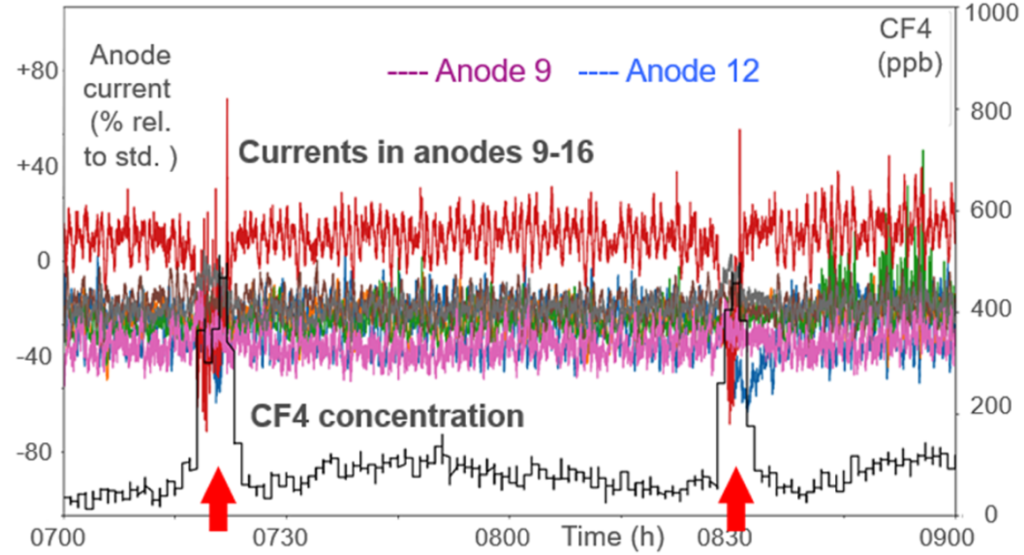The Fourth Industrial Revolution (industry 4.0) is the ongoing transformation of industry using modern smart technology. Since Rio Tinto Aluminium Pechiney delivered its Smelter 4.0 vision in 2016, significant progress has been made in the field of automation, remote support, mobility and advanced control systems.
The autonomous anode transport vehicle MAX (patented technology) is a good illustration of what we achieved in terms of automation. Regarding remote activities, our Aluminium Operation Centre based in Canada continues to deliver strong support to our Atlantic smelters. Remote support activities have been and still are essential in the Covid-19 crisis we all face. As technology evolves, it is also vital to continually improve the skills of our people to make sure that they will take appropriate decisions. We have recently tested Virtual Reality training, which consisted of making live 3D videos of potline activities and embedding exercises to help students recognize electrical risks and to anticipate events in the potline.
PFC measurments in gas exhaust of one LRF prototype pot
The MESAL and ALPSYS products are continuing at a fast pace with several projects focusing on mobility, enabling people to get real time information using a standard smartphone or a tablet. The next generation of the SmartPot system for hand-held devices will include wireless measurement capabilities to assist the operator during the measurement and immediately transfer measurements to the potmicro. The next generation of potmicro under industrial validation, the APM4.0, is also designed from the start for mobility. Its large graphic screens are designed so that they can be used from a remote PC or tablet. Moreover, the APM4.0 is equipped with an additional optical fibre connection to cell equipment, opening the way for IoT sensors or actuators.
Cells have been equipped with new sensors providing data that are analysed with the latest data analysis techniques to develop new algorithms, which increase cell robustness and performance. Our AP6X and APXe development cells are equipped with up-to-date measurement devices including optical fibres to measure shell temperature, online monitoring of PFC emissions, beam position sensors and individual anode current. These produce data that help us understand what is going on in the cell and then to develop algorithms accordingly. As examples, open hoods or door are detected using gas temperature measurements; alumina feeding strategy has been optimized using individual anode current to detect polarisation location and adjust rate of each individual feeder; individual anode current is also used to detect bad anode positioning and an operational interface enables the operator to make corrective adjustments when required.
This is only the beginning, because technology evolves quickly and opens new opportunities for the aluminium industry to face the coming challenges. The most important of these challenges is a consequence of climate change: better management of energy consumption, which will oblige smelters to be more flexible in adjusting their power levels. As Rio Tinto sees it, Digital Twinning will be instrumental in bringing about this revolution.




